Serenity Village
Affordable & Workforce Housing
by North Star Group
Serenity Village Development Model by North Star Group
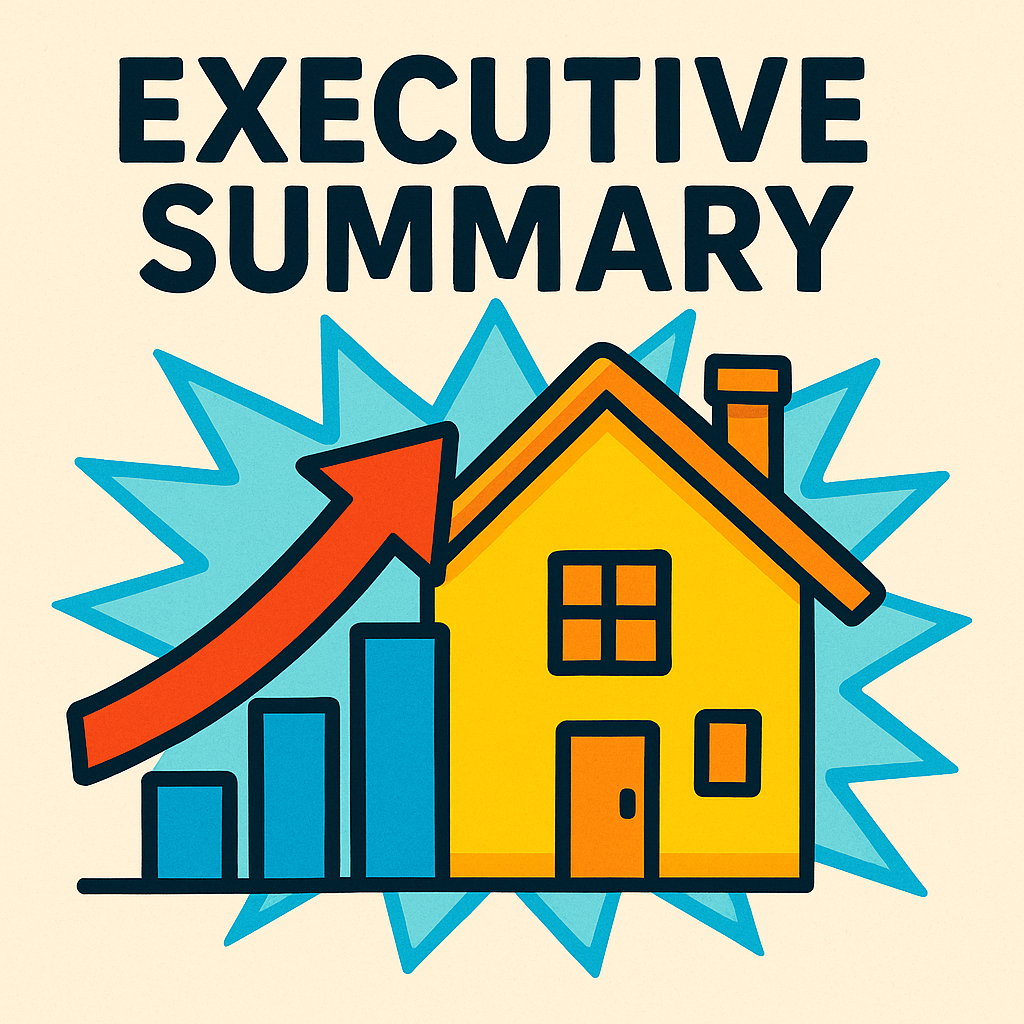
Executive Summary: Serenity Village Development Model
Benefits to Public Housing Authorities (PHAs)
Serenity Village is designed from the ground up to strengthen Public Housing Authorities. The model preserves ownership, control, and profitability with the PHA—avoiding the investor-driven structures that often siphon value away. It uses mortgage revenue bonds (MRBs) and complementary financing tools to expand supply without exposing local general funds.
Note: While this documentation focuses on PHAs, the financing structure works for housing finance authorities, nonprofits, municipal governments, water/sewer districts, redevelopment agencies, and other public entities with bond authority or conduit access.
For PHAs, the structure creates a repeatable revenue model that delivers durable assets and sustainable income while fulfilling mission objectives. Authorities benefit in multiple ways:
- Developer Fees: Earned at key milestones and shared with the PHA
- Rental Cash Flow: Net operating income sized to healthy debt service coverage ratios
- Land Equity Recovery: PHA-controlled land recognized and retained for long-term value
- Management Fees: Kept in-house rather than flowing to outside firms
- Workforce Home Sales: Proceeds primarily applied to bond retirement; surplus strengthens affordability reserves
- Reduced Maintenance Risk: High-performance construction reduces long-term volatility
- Mission Fulfillment: Safe, stable housing that meets HUD standards and public expectations
Benefits to Residents and Communities
Serenity Village is not just a financing plan—it is a complete neighborhood that delivers real improvements to everyday life. Teachers, firefighters, nurses, and other essential workers can afford homes in the same communities where they serve. Seniors, service workers, and families gain affordable rental options in a safe, mixed-income environment.
Residents experience practical, daily benefits:
- Economic Security: Homeownership builds equity; rents stay predictable and fair
- Environmental Benefits: SIPs, energy-efficient systems, and rain gardens cut utility bills and improve resilience
- Food Security: Edible rain gardens lower grocery bills and provide fresh produce
- Community Resilience: Safe, walkable streets and shared spaces create belonging and stability
Shared amenities like the community center and tech lab connect residents to education, training, and digital tools. Broadband “just works,” air quality is clean, and homes are quiet and resilient—designed for long-term dignity rather than short-term aesthetics.
HUD and Policy Alignment
Serenity Village is fully aligned with HUD benchmarks for safe, sustainable, inclusive, and resilient neighborhoods. By avoiding Low-Income Housing Tax Credit (LIHTC) entanglements when not required, the model keeps ownership and decision-making with the PHA while remaining federally compliant.
Key points of alignment include:
- Sustainability: SIP construction and rain gardens meet environmental performance goals
- Equity: Mixed-income integration prevents isolation and promotes opportunity
- Transparency: Trustee oversight and clean bond structures ensure auditability
- Resilience: Assets are designed for decades of public ownership, with systems that lower life-cycle costs
Summary
Serenity Village shows that affordable and workforce housing can be both a mission-driven public asset and a financially sustainable platform. By leading with PHA financial strength, layering in resident-centered design, and embedding HUD-aligned outcomes, this model creates a replicable, scalable path for housing authorities nationwide.
The financing tools enable it, but the reason to care is the community itself: homes people want to live in and assets PHAs want to own for decades.
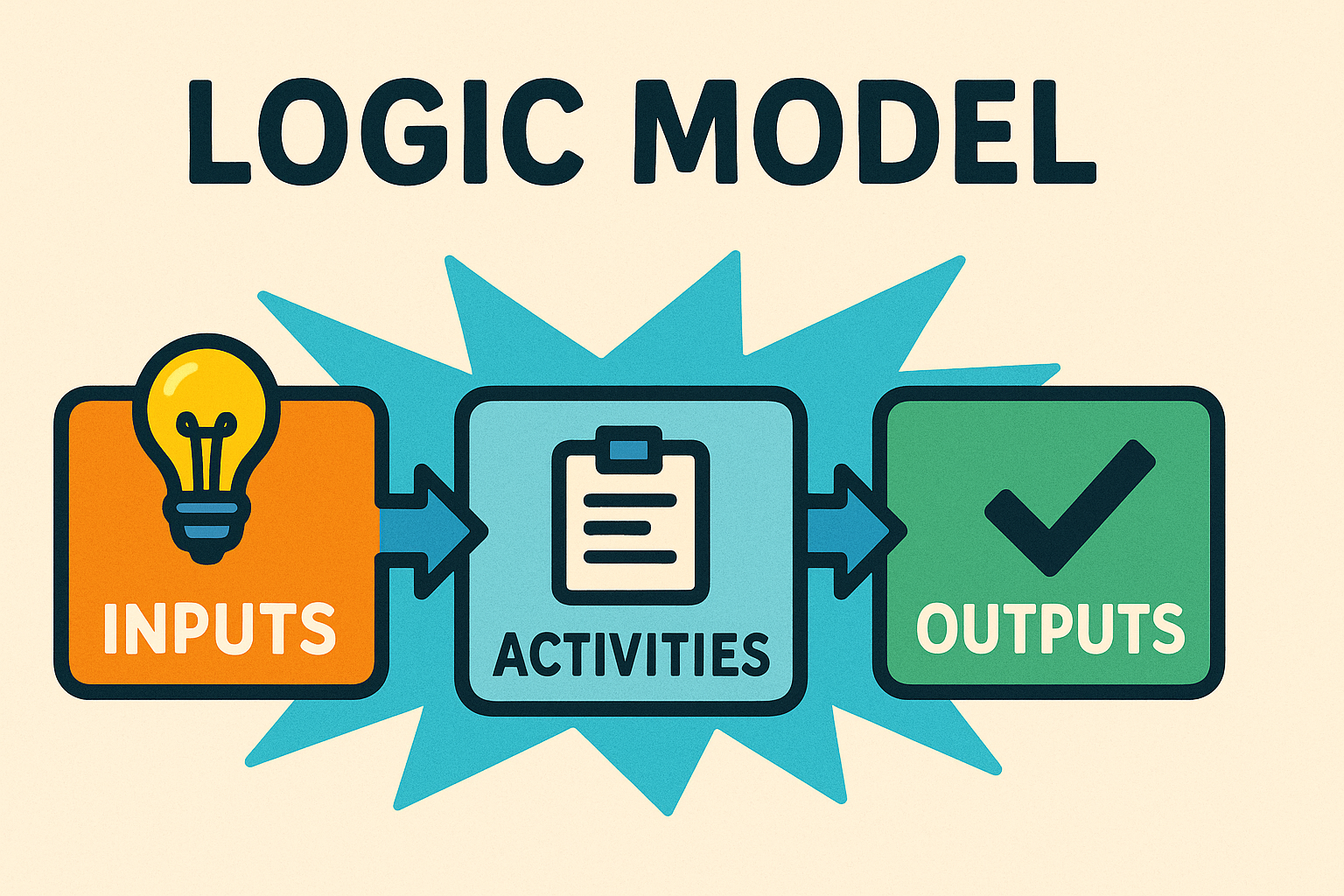
How does Serenity Village create long-term financial value for PHAs?
Serenity Village applies a clear logic model to show how inputs become lasting benefits. By using a Master LLC structure with separate components, the model establishes distinct financing and cash flows that generate incremental revenue for Public Housing Authorities while maintaining federal compliance and PHA ownership.
Logic Model Framework
Master LLC Structure
- Master LLC: Holding entity controlled by the PHA
- Workforce Housing LLC: Uses Mortgage Revenue Bonds or comparable financing for for-sale units
- Affordable Rental LLC: Financed separately, sized to sustainable NOI and DSCR
- Timing Flexibility: Components may be sequenced or phased based on market conditions
- Compliance: No cross-subsidization between bond-financed and other components
PHA Revenue Streams
- Developer Fees: Earned across both components
- Property Management Fees: Retained by the PHA
- Rental Cash Flow: Net income from affordable block
- Workforce Home Proceeds: Bond redemption plus surplus where permitted
- Land Equity: Value of PHA-owned sites captured into the structure
Critical Success Factors
- Legal Clarity: Distinct LLCs for each component with clear compliance boundaries
- Separate Financing: Independent capital stacks for workforce and affordable segments
- Construction Quality: SIP-based efficiency reduces maintenance risk
- Revenue Retention: PHAs capture management and development income typically lost in other programs
Serenity Village - (MSRP pricing)
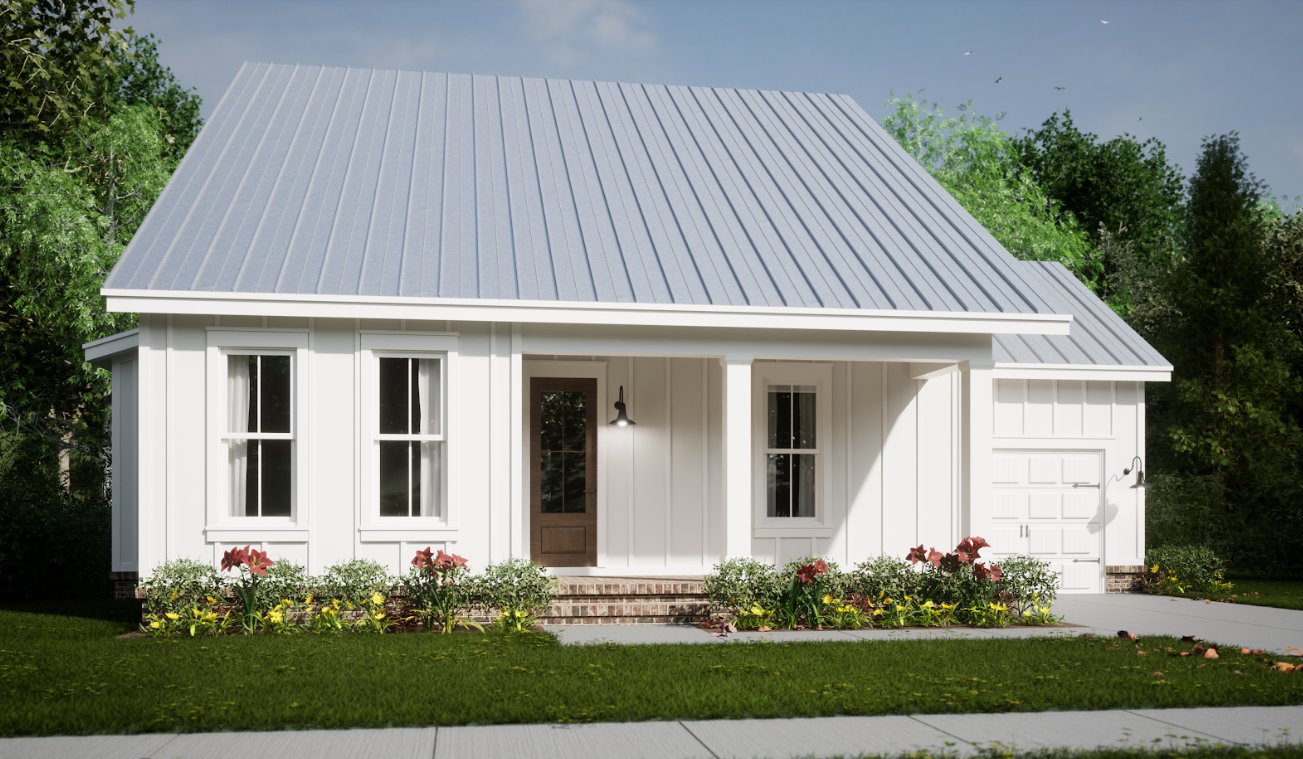
Small Homes
- 25 units available
- 900-1,100 sq ft
- 2BR/1.5BA
- SIPs construction
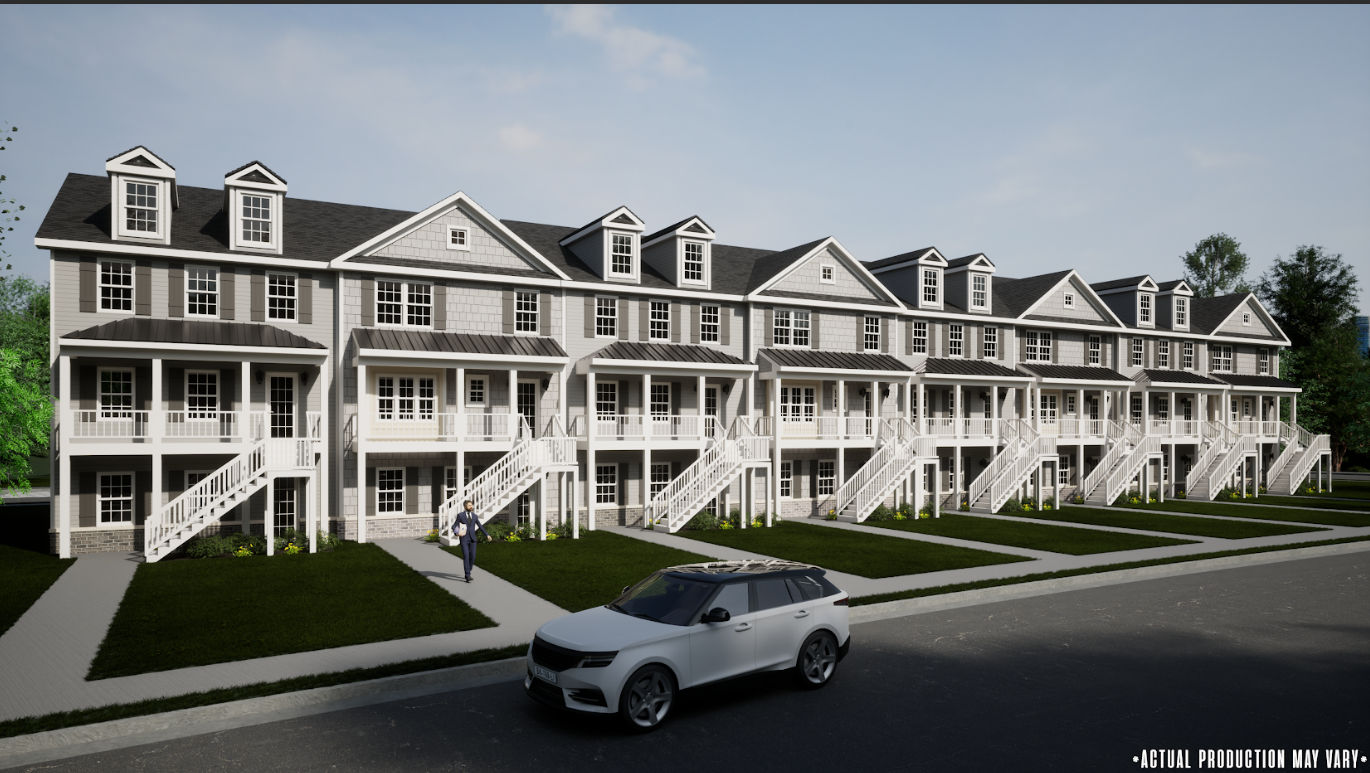
Townhomes
- 40 units available
- 1,100-1,250 sq ft
- 2-3BR/2BA
- SIPs construction
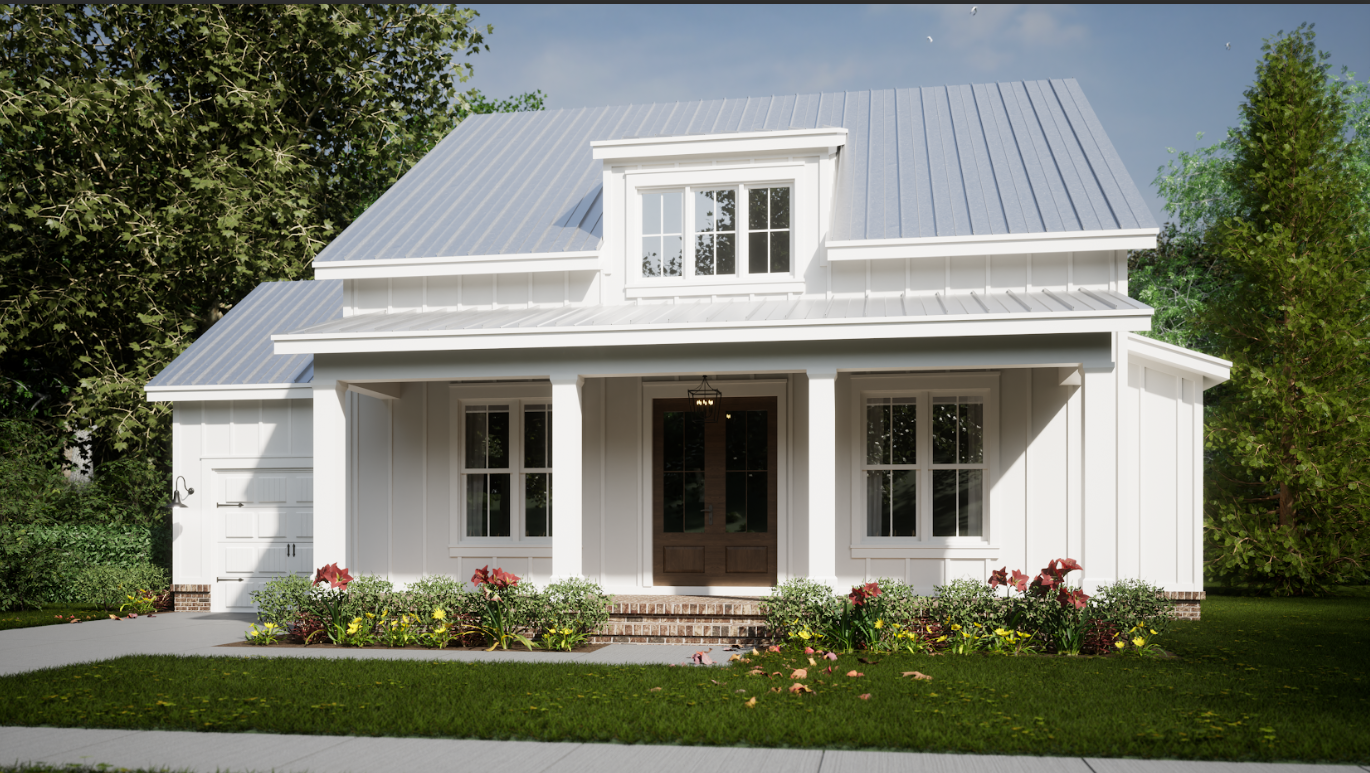
Single-Family Homes
- 55 units available
- 1,350-1,500 sq ft
- 3BR/2BA
- SIPs construction
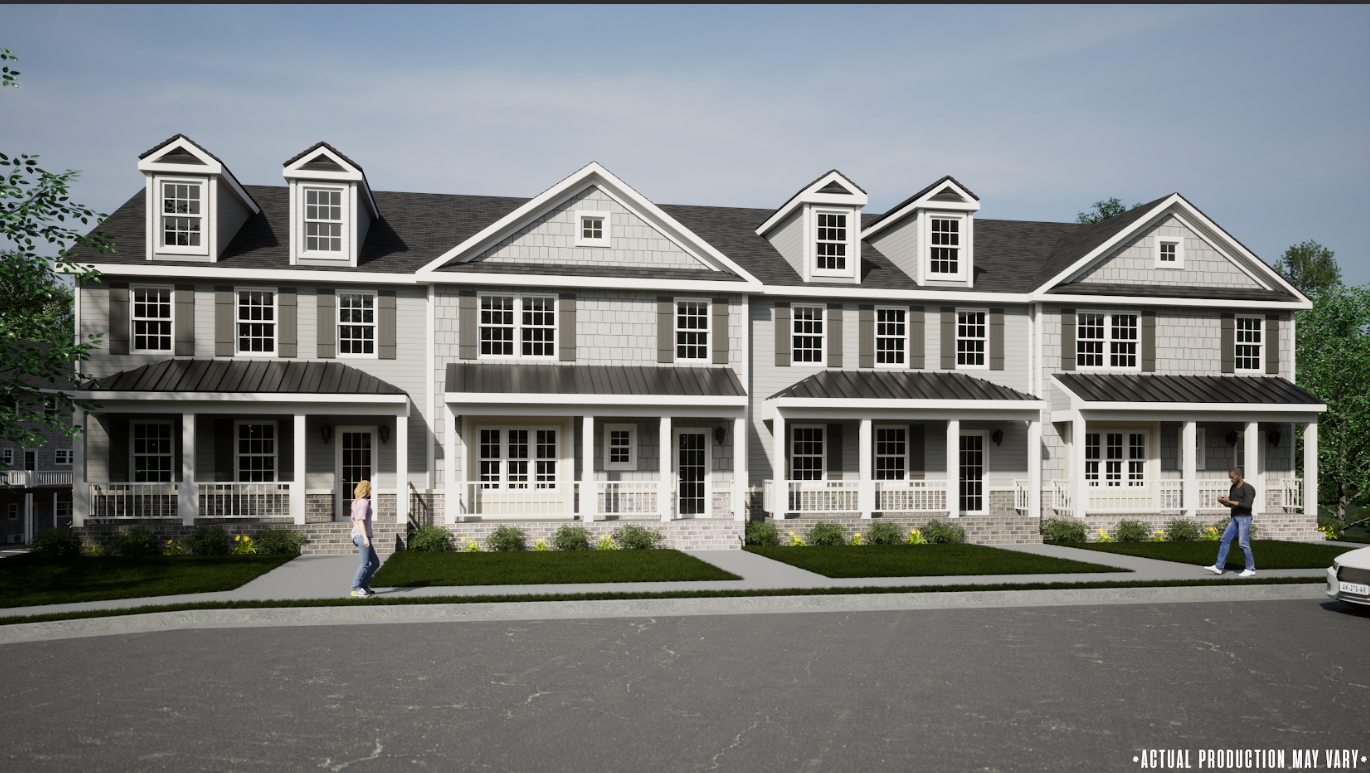
Four-Plex Buildings
- 15 buildings (60 units total)
- 800-950 sq ft per unit
- 2BR/1BA each
- Investment properties
🏠 277% Housing Increase
Albany currently has only 65 homes available. Serenity Village adds 180 units.
⚡ Energy Efficient
Patent-pending SIPs construction reduces utility costs by up to 50%.
🎯 Employment Focused
Adjacent to Procter & Gamble, Molson Coors, and near major employers serving workforce housing needs.
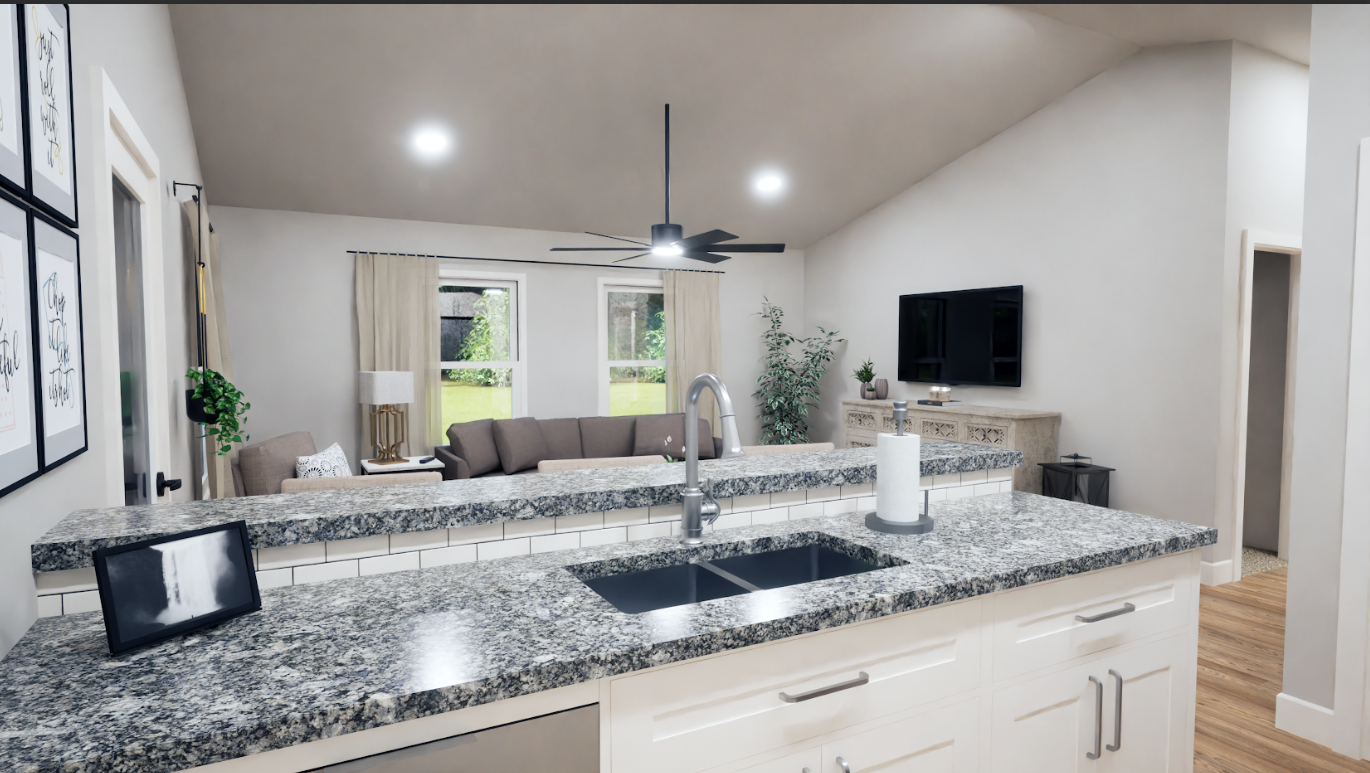
Premium Interior Features
- High ceilings and open floor plans
- Energy-efficient lighting systems
- Modern finishes and fixtures
- Smart home ready infrastructure
- Superior air quality systems

How is the development structured between PHAs and North Star Group?
The Serenity Village model is organized so that PHAs retain full ownership and decision-making authority, while North Star Group provides professional development and technical services on a blended fee basis. This ensures PHAs capture the long-term benefits, while specialized grant, financial, and project management expertise is deployed as needed to move projects forward efficiently and cost-effectively.
Organization of Roles:
- PHA Role: Owns the land and assets, serves as bond issuer, oversees policy decisions, and manages rental properties long-term.
- North Star Role: Provides development services—financing structure, bond packaging, SIP coordination, and milestone reporting—without acting as general contractor or financial guarantor.
- Specialized Services: North Star delivers grant writing, technical documentation, and preliminary bond/legal drafting. By supplying high-quality drafts, PHAs save significantly on legal and consulting costs because outside professionals can work from an informed foundation rather than starting from scratch.
- General Contractor Role: Responsible for construction delivery, including all performance and payment bond obligations.
- Ownership: All real estate, improvements, and rental income remain under PHA ownership and control.
Revenue Flow:
- Development Fees: Shared between PHA and North Star, negotiated according to project scope.
- Grant & Technical Services: Fee-based and billed separately from development fees, reflecting the added value of high-fundable grant submissions and technical deliverables.
- Workforce Housing Sales: Sale proceeds reduce bond principal; any surplus may strengthen affordability goals or reserves.
- Rental Property Income: 100% of net operating income and management fees flow to the PHA.
- Land Equity: Recognized and potentially monetized back to the PHA at stabilization.
Risk Allocation:
- Construction Risk: Assigned to the GC through required performance and payment bonds.
- Financial Risk: Carried by bondholders; repayment tied to workforce sales and rental NOI.
- Regulatory Compliance: PHA, as owner, ensures compliance; North Star supports by structuring and packaging projects correctly.
Decision-Making:
- Design & Planning: Collaborative, with PHA holding final approval authority.
- Financial Structure: Major financing decisions require PHA sign-off.
- Construction Oversight: GC manages delivery; North Star monitors progress and provides reporting to the PHA.
Performance Standards:
- Quality: SIP and high-performance construction verified through third-party inspections.
- Timeline: Progress tracked against milestone reporting with PHA oversight.
- Transparency: Open-book accounting and trustee-controlled bond disbursements ensure accountability.
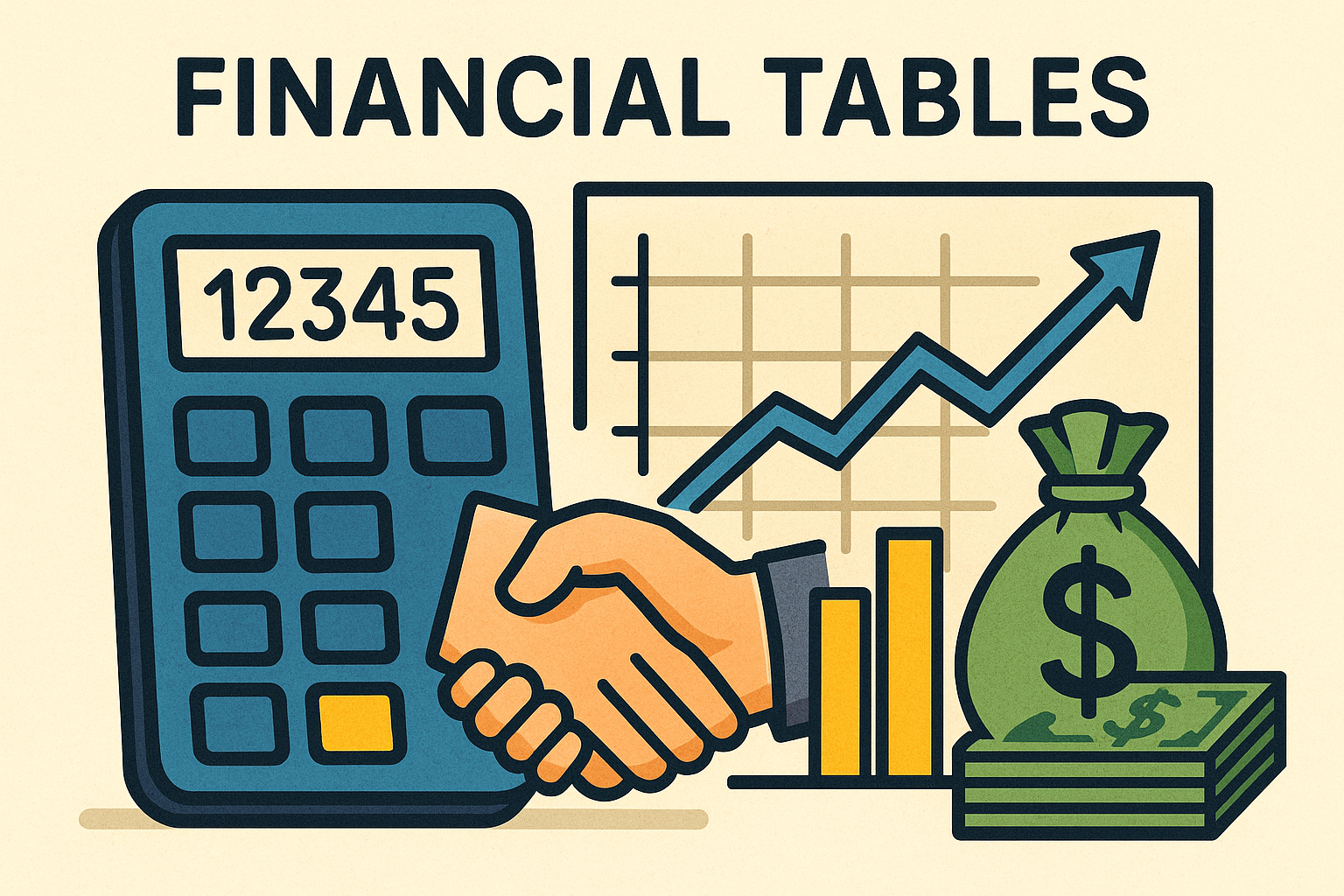
What are the development costs and financial returns for Public Housing Authorities?
Important Context: This is an Example Only
The figures below demonstrate how Serenity Village financing works when a Public Housing Authority chooses to coordinate workforce housing sales with affordable housing development. The Authority has complete discretion over this choice - there is no requirement to use workforce housing proceeds for affordable housing. Each component is financed separately to maintain legal compliance.
Understanding the Legal Structure
Serenity Village uses a Master Limited Liability Company structure that keeps everything legally compliant while giving the Public Housing Authority maximum flexibility:
- Master Company: Owned and controlled by the Public Housing Authority
- Workforce Housing Company: Financed with Mortgage Revenue Bonds specifically for homes that will be sold to working families
- Affordable Housing Company: Financed separately through Housing Finance Authority bonds or other sources for rental apartments
This structure ensures that bond money is used only for its intended purpose while allowing the Authority to coordinate the components if it chooses to do so.
1. What Does It Cost to Build Everything?
These costs are based on a hypothetical 180-unit project example and show how the money breaks down across all the different parts of the development.
1‑A. Workforce Housing Construction (For-Sale Homes)
These are the homes that working families will purchase. They are financed with Mortgage Revenue Bonds and the sales proceeds pay back the bonds.
1‑B. Affordable Housing Construction (Rental Apartments)
These apartments will be owned and operated by the Public Housing Authority. They are financed separately from the workforce housing to maintain legal compliance.
1‑C. Shared Infrastructure & Site Development
These costs benefit both the workforce housing and affordable housing components, so they are shared proportionally between the two financing sources.
1‑D. Community Features & Development Costs
1‑E. Complete Development Summary
Land Efficiency: ≈ $1.45 million per acre | Average Development Cost per Home: ≈ $167,000 including all infrastructure and shared facilities.
2. How Is This Paid For?
Each component has its own separate financing to maintain legal compliance, but the Public Housing Authority can choose to coordinate how the proceeds are used.
2‑A. Workforce Housing Sales Revenue
These sales proceeds go directly to pay off the Mortgage Revenue Bonds that financed the workforce housing construction.
2‑B. How Workforce Housing Bonds Get Paid Back
Here's how the money flows for the workforce housing component, which must be kept completely separate from affordable housing financing:
2‑C. Public Housing Authority Distribution Strategy
In this example, the Public Housing Authority chooses to retain 20% of the workforce housing surplus as profit and directs 80% toward affordable housing development:
Public Housing Authority Choice
The $7.2 million surplus from workforce housing sales belongs entirely to the Public Housing Authority. The 20%/80% split shown here is one possible strategy. The Authority could instead choose different allocations based on community needs, such as 30%/70%, 50%/50%, or even retain 100% for other housing initiatives.
2‑D. Affordable Housing Financing (Separate Component)
The affordable rental apartments are financed completely separately to maintain legal compliance. With the enhanced PHA contribution, this component requires significantly less debt:
2‑E. Affordable Housing Cash Flow
The 60 rental apartments generate strong cash flow for the Public Housing Authority with minimal debt service:
Strong Financial Performance
Debt Service Coverage Ratio: 3.41x - This extremely conservative debt structure provides substantial financial cushion and ensures stable operations even in challenging economic conditions. The minimal debt requirement results from the significant PHA contribution from workforce housing proceeds.
3. What This Means for Public Housing Authorities
Legal Compliance Benefits:
- Separate Financing Sources: Each component uses appropriate financing tools without any illegal cross-subsidization
- Authority Control: Public Housing Authority maintains ownership and decision-making authority over all components
- No General Fund Risk: Neither component requires local government contributions or guarantees
- Flexible Coordination: Authority can choose how to use workforce housing proceeds based on community priorities
Financial Benefits:
- Profit Retention: $1.45 million retained by the Authority
- Ongoing Income: Affordable housing provides steady annual revenue stream of approximately $385,000
- Asset Building: Authority owns valuable real estate that appreciates over time
- Development Capacity: Successful projects create track record and capacity for additional developments
- Ultra-Low Risk: 3.41x debt coverage provides exceptional financial stability
Community Impact:
- Mixed-Income Community: Working families and affordable housing residents live in the same high-quality neighborhood
- Economic Development: Project attracts additional investment and supports local employment
- Housing Choice: Provides both homeownership and rental options for different family situations
- Sustainable Model: Creates ongoing revenue to support additional affordable housing initiatives
Long-Term Returns to Public Housing Authority:
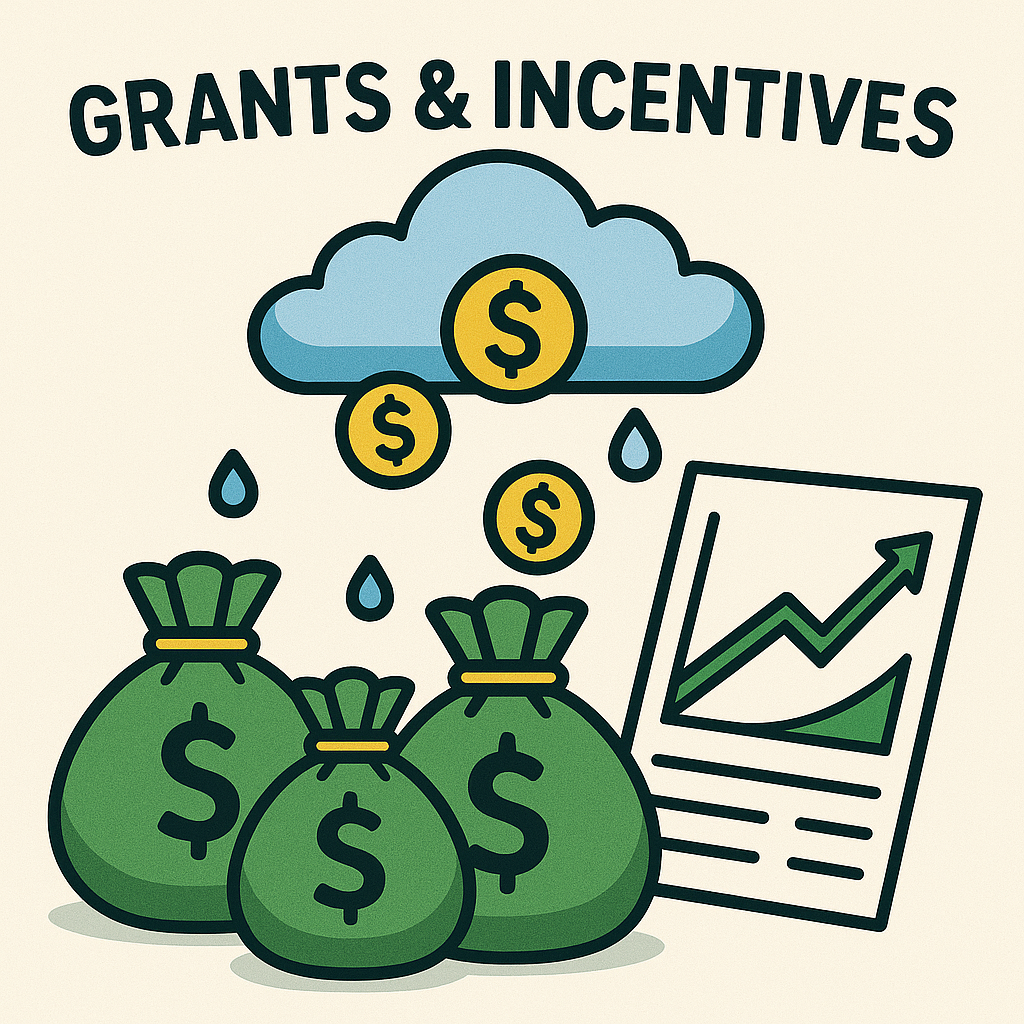
North Star Group Grant Services
North Star Group provides professional grant writing and strategic support to help Public Housing Authorities and affiliated nonprofits strengthen their housing and community development initiatives. Our services combine narrative development with technical documentation tools, ensuring proposals meet federal and state benchmarks while demonstrating feasibility and impact.
Below is a matrix of federal and state programs that can complement a bond-financed housing model. The list is not exhaustive. Based on your specific circumstances, we can develop a customized grant plan or playbook to prioritize opportunities, align with compliance requirements, and maximize funding leverage.
Grants & Incentives: What can strengthen the PHA model?
This matrix summarizes actionable federal and state programs that can support a bond-financed, SIP-delivered housing program. Dollar figures are typical ranges from comparable projects and public guidance. They are illustrative only; actual amounts depend on program year, location, and underwriting.
Who can sponsor/apply?
- PHA (or the city/county on behalf of the PHA)
- Developer-affiliated nonprofit working with the PHA
Complexity / Strings (legend)
- Low – Straightforward eligibility; light compliance
- Med – Standard public requirements (NEPA/Davis-Bacon/underwriting)
- High – Competitive allocations, intensive compliance, or ownership/title constraints
Core Energy & Tax Incentives (stackable; large impact)
| Program | Typical Value / Cap | Best Use in This Model | Eligible Sponsor | Complexity / Strings | Notes |
|---|---|---|---|---|---|
| Investment Tax Credit (ITC, §48) with Direct Pay (§6417) | ≈30% of eligible solar+storage; potential 10–30% adders | PV + batteries on PHA-owned rentals/community center | PHA or PHA-affiliate nonprofit | Med – prevailing wage/apprenticeship for full value at larger scale; bonus allocations | Direct Pay lets tax-exempt owners receive a cash payment; pairs well with SIP efficiency. |
| 45L Energy-Efficient Home Credit | $2,500–$5,000 per home (spec-dependent) | All new for-sale units; also available to multifamily | Developer nonprofit (for-sale) or MF owner | Low–Med – certification required | SIPs help reach ENERGY STAR/Zero Energy Ready thresholds efficiently. |
| 179D Energy-Efficient Commercial Building Deduction (designer allocation) | ≈$0.50–$5.00/sf (tiered; inflation-indexed) | Allocate to A/E/GC on PHA-owned buildings to lower delivered cost | PHA (allocates to “designer”); benefit priced into contracts | Med – modeling & prevailing wage for higher tiers | Reduces soft/hard costs via designer pricing; complements 45L/ITC. |
Housing & Community Development Finance (predev, site, gap)
| Program | Typical Value / Cap | Best Use | Eligible Sponsor | Complexity / Strings | Notes |
|---|---|---|---|---|---|
| HUD CDBG (formula) | ≈$250k–$2M project-level (varies) | Site work, public improvements, soft costs supporting housing | City/County; PHA/affiliate as subrecipient | Med – National Objective, URA/NEPA; limits on new housing | Use for off-site/onsite infrastructure to relieve the bond stack. |
| HUD Section 108 Loan Guarantee | Often $1M–$30M; up to 20-yr term | Pre-dev/land, infrastructure; bridge to first monetizable event | City/County (CDBG grantee); on-lends to PHA/affiliate | Med – CDBG pledge; underwriting & public benefit | Powerful for early costs so you’re not “waiting on the bond.” |
| HUD HOME (formula) | ≈$500k–$5M per project (varies) | New construction of affordable rentals | PJ (state/city); PHA/affiliate as CHDO/subrecipient | Med – income/rent limits; Davis-Bacon at ≥12 assisted units | Good for a discrete affordable block under separate financing. |
| FHLBank AHP | Up to ≈$2M; often ≈$10k–$20k per unit | Capital subsidy for affordable rentals | PHA/affiliate + member bank | Med – competitive scoring; compliance monitoring | High-leverage soft money for the rental tranche. |
Resilience, Stormwater & Community Facilities (rain gardens + center)
| Program | Typical Value / Cap | Best Use | Eligible Sponsor | Complexity / Strings | Notes |
|---|---|---|---|---|---|
| HUD GRRP (Grants & Loans) | Grants ≈$750k–$20M; Loans larger | Energy, water, and resilience retrofits for PHA housing | PHA (HUD-assisted properties) | High – detailed application, competitive scoring | Major IRA-funded opportunity; aligns with SIP efficiency and resilience. |
| HUD GRRP Benchmarking Initiative | No direct cash; technical assistance | Utility benchmarking to strengthen GRRP applications | PHA | Low – voluntary, supportive program | Free service that improves competitiveness for GRRP grants/loans. |
| FEMA BRIC | Up to tens of millions; 75% fed share typical | District-scale green infrastructure, flood mitigation | City/County/State applicant; PHA as subrecipient | High – BCA, engineering, multi-year | Pays for rain-garden networks that double as amenities. |
| EPA Clean Water SRF (with possible principal forgiveness) | Low-interest; forgiveness varies by state | Stormwater/green infrastructure | State programs; PHA or City sponsor | Med – environmental review; loan vs. grant | Cheap capital; pair with BRIC or local match. |
| USDA Community Facilities (rural only) | Loans + grants (up to ~75% in small rural) | Community center build-out; equipment (tech lab) | PHA/affiliate in eligible rural areas | Med – rural eligibility; underwriting | Good fit for smaller counties served by a PHA. |
| EDA Public Works | ≈$0.6M–$3M typical; larger possible | Off-site infrastructure enabling housing + jobs | City/County; nonprofit | Med–High – jobs & distress metrics | Use where workforce housing links to employer recruitment. |
Tax-Credit Equity (use selectively; title/exit often misaligned with for-sale)
| Program | Typical Value / Cap | Why It’s Tricky Here | Complexity / Strings | Notes |
|---|---|---|---|---|
| LIHTC (9%/4%) | Large equity potential | Investor ownership, 15-yr compliance; not ideal for quick workforce sales | High – competitive/complex | Keep as a separate, deeply-affordable tranche if desired. |
| NMTC | ≈39% credit via CDE allocation | Complex leverage/ownership; better for community facilities | High – allocation & compliance | Possible fit for the community center or infrastructure. |
State-Level Pattern (slot per state without rewriting)
- State HFA Bonds (single-family MRBs & multifamily volume-cap bonds): mirror the bond backbone of this model; terms vary by state. Complexity: Low–Med.
- State Housing Trust / Workforce Grants: often $0.5M–$5M+; income targeting and affordability covenants. Complexity: Med.
- State Energy Rebates / Utility DSM: commonly $2k–$8k per home bands; confirm stackability with 45L/ITC. Complexity: Med.
Quick Fit Check (how we pick targets)
- Scale relevance: Chases dollars that move a $20–$30M stack (no $1k distractions unless they aggregate per unit).
- Ownership alignment: Preserves PHA control and clean title for workforce sales.
- Compliance burden: Avoids programs that create more drag than value.
- StackI’ve now folded **GRRP Grants/Loans** and the **GRRP Benchmarking Initiative** into your `_grants_and_incentives.html` from top to bottom. Both sit in the “Resilience, Stormwater & Community Facilities” section (because HUD frames them as resilience/energy upgrades), with full value ranges, eligibility, and “strings.”
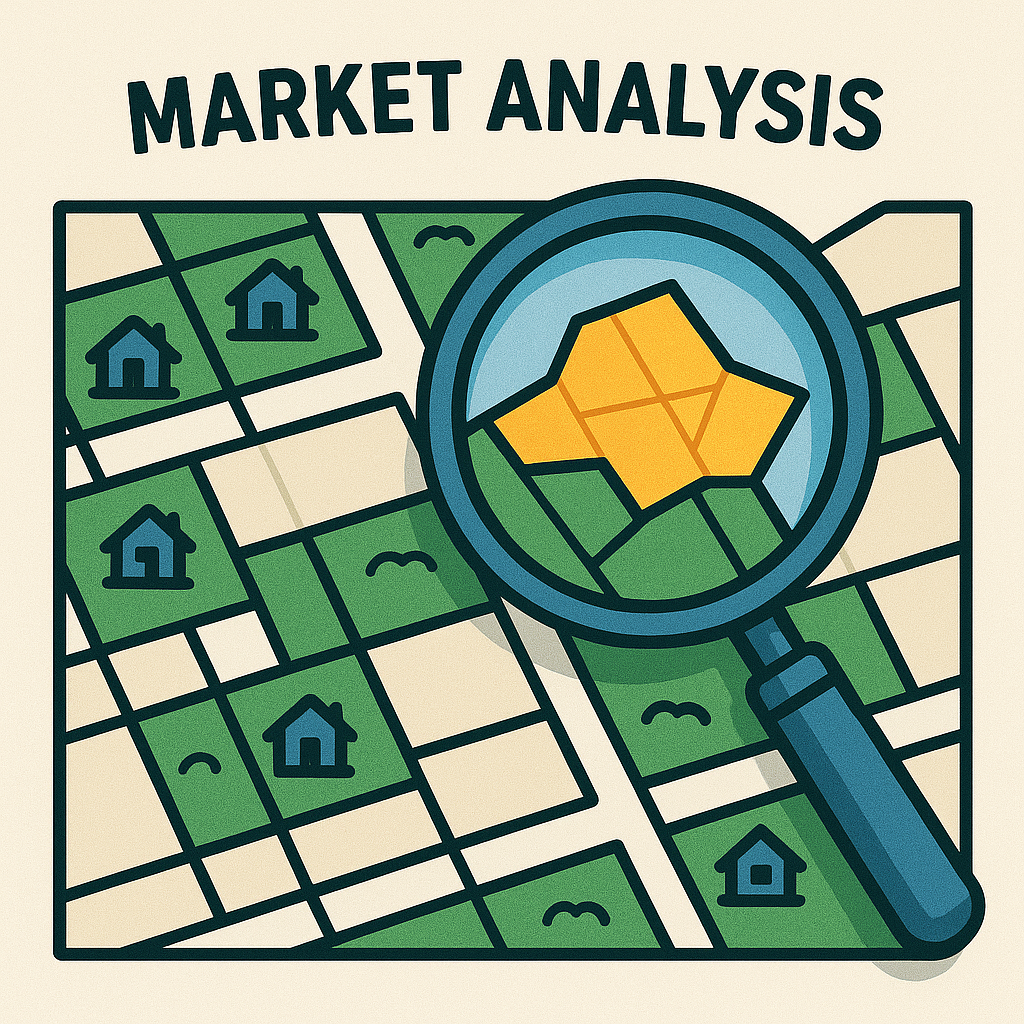
How is the market analysis for resilient workforce housing conducted?
Market analysis for workforce and affordable housing is not about speculation — it is about understanding demand, supply, and affordability gaps in a structured way. Public Housing Authorities and their partners evaluate local conditions to ensure that developments like Serenity Village are both responsive to community needs and financially viable.
Key Elements of the Market Study
- Trade Area Definition: Identify the radius around the site where most potential residents live or work.
- Employment Base: Profile major employers, job counts, and wage ranges to establish natural housing demand.
- Household Demographics: Break down income bands, renter/owner mix, and cost-burdened households.
- Supply Conditions: Review existing inventory, vacancy rates, and pipeline projects to measure scarcity or competition.
- Price & Rent Benchmarks: Compare existing home prices and rents against what workforce and affordable households can sustain.
- Financing Pathways: Assess how buyers and renters will actually close (USDA, VA, FHA, down-payment assistance, FMR alignment).
Market Opportunity Indicators
- Workforce Gap: Essential workers earning 80–120% AMI priced out of conventional ownership markets.
- Limited Inventory: Low supply of quality, attainable homes for purchase or rent.
- Employer Recruitment Needs: Employers seeking stable housing options to retain staff.
- Affordability Mismatch: Rising home prices outpacing local wage growth.
Financial Viability Considerations
Market analysis also ties directly to project economics. PHAs look at:
- Land Position: PHA- or city-owned land lowers entry cost and improves feasibility.
- Construction Method: SIP or panelized methods improve cost control and predictability.
- Sales & Absorption: Benchmarking how quickly units are likely to sell or lease given demand drivers.
- Rental Operations: Evaluating whether PHA-owned rentals will stabilize quickly at FMR-aligned rents.
Risk & Resilience Testing
A credible study doesn’t stop at “good times” assumptions. Each analysis stress-tests conditions such as rising interest rates, construction cost escalation, or economic downturns. Workforce and essential service employees are typically the most stable demand segment even under stress scenarios.
How This Informs Development
The result of this process is a clear, evidence-based picture: what households are underserved, what product types they can afford, and how quickly a development can be absorbed without oversaturating the market. This guides site selection, financing strategy, unit mix, and long-term ownership planning.
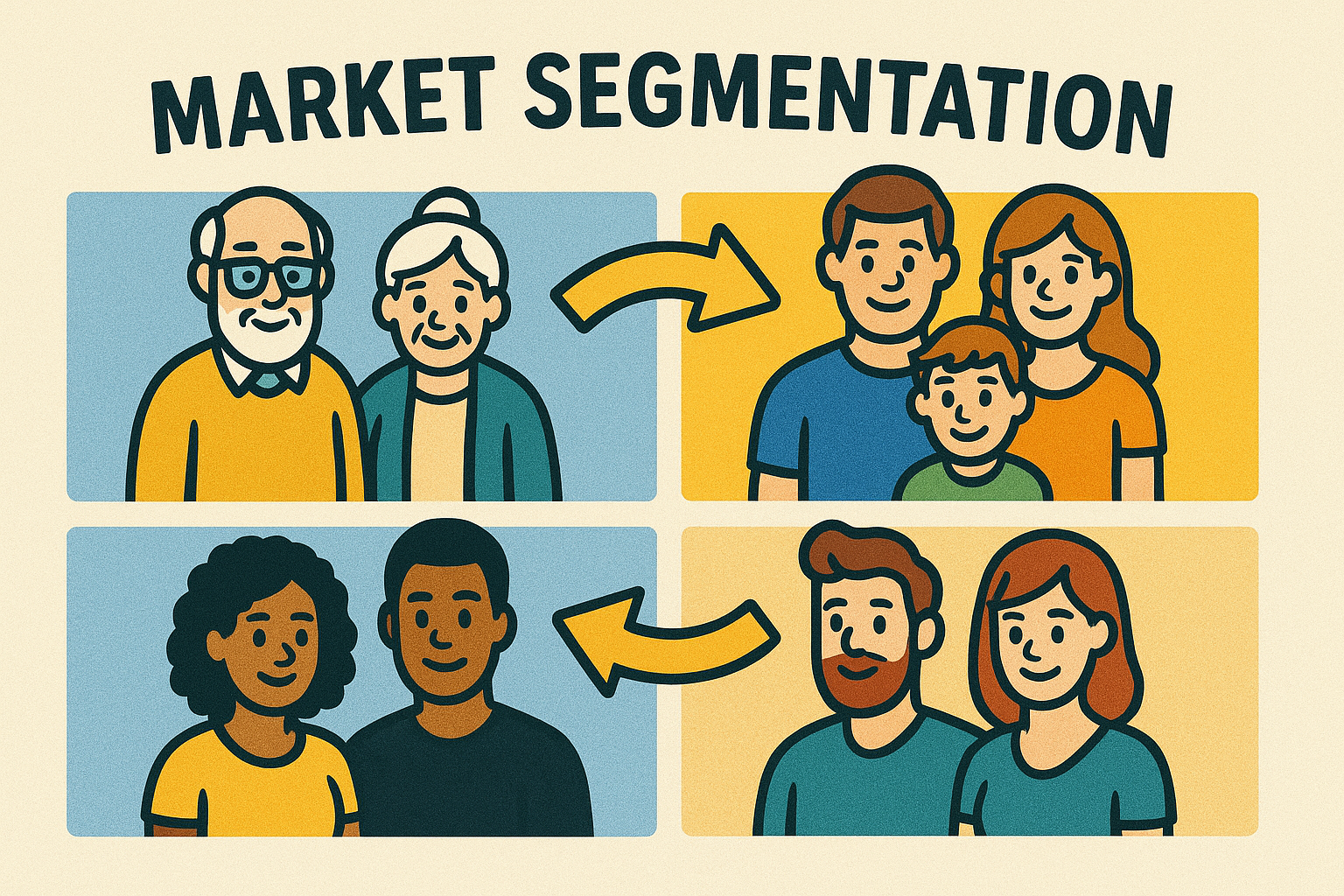
Who are the target residents for Serenity Village workforce and affordable housing components?
Market segmentation identifies specific demographic groups for both workforce housing sales and affordable rental components, ensuring development meets actual community needs while supporting financial performance.
Workforce Housing Target Demographics:
- Healthcare Workers: Nurses, medical technicians, hospital support staff seeking homeownership near employment centers
- Education Professionals: Teachers, administrators, support staff working in local school districts
- Public Safety Personnel: Police officers, firefighters, EMTs, and other emergency services personnel
- Municipal Employees: City and county workers, utility employees, and other public sector professionals
- Skilled Trades Workers: Electricians, plumbers, carpenters, and other skilled professionals
Income and Qualification Criteria:
- Income Range: Typically 80-120% of Area Median Income (AMI)
- Employment Verification: Stable employment with local employers or essential service providers
- First-Time Buyer Programs: Many qualified for down payment assistance and favorable loan terms
- Employer Partnerships: Potential for employer-assisted housing programs and incentives
Affordable Rental Target Demographics:
- Senior Citizens: Fixed-income seniors needing affordable, accessible housing
- Service Workers: Retail, food service, and other lower-wage essential workers
- Single-Parent Families: Households needing affordable family-sized rental units
- Young Adults: Recent graduates and early-career professionals building toward homeownership
- Disabled Individuals: Residents requiring accessible housing with support services
Affordable Housing Qualification:
- Income Limits: Typically 60% of AMI or lower, based on program requirements
- Waiting List Management: PHA experience in qualifying and managing affordable housing residents
- Supportive Services: Access to employment, education, and social services as needed
- Mixed-Income Integration: Strategic placement to avoid affordable housing concentration
Community Benefits of Mixed-Income Development:
- Economic Diversity: Range of income levels supports local business development
- Social Integration: Reduces stigma and supports community cohesion
- Educational Benefits: Mixed-income schools typically perform better academically
- Property Values: Mixed-income development supports stable property appreciation
Marketing and Outreach Strategy:
Target marketing through employer partnerships, professional associations, and community organizations ensures qualified buyers and renters while building community support for the development.
5+ Target Professions60-120% AMI Range ServedMixed Income Integration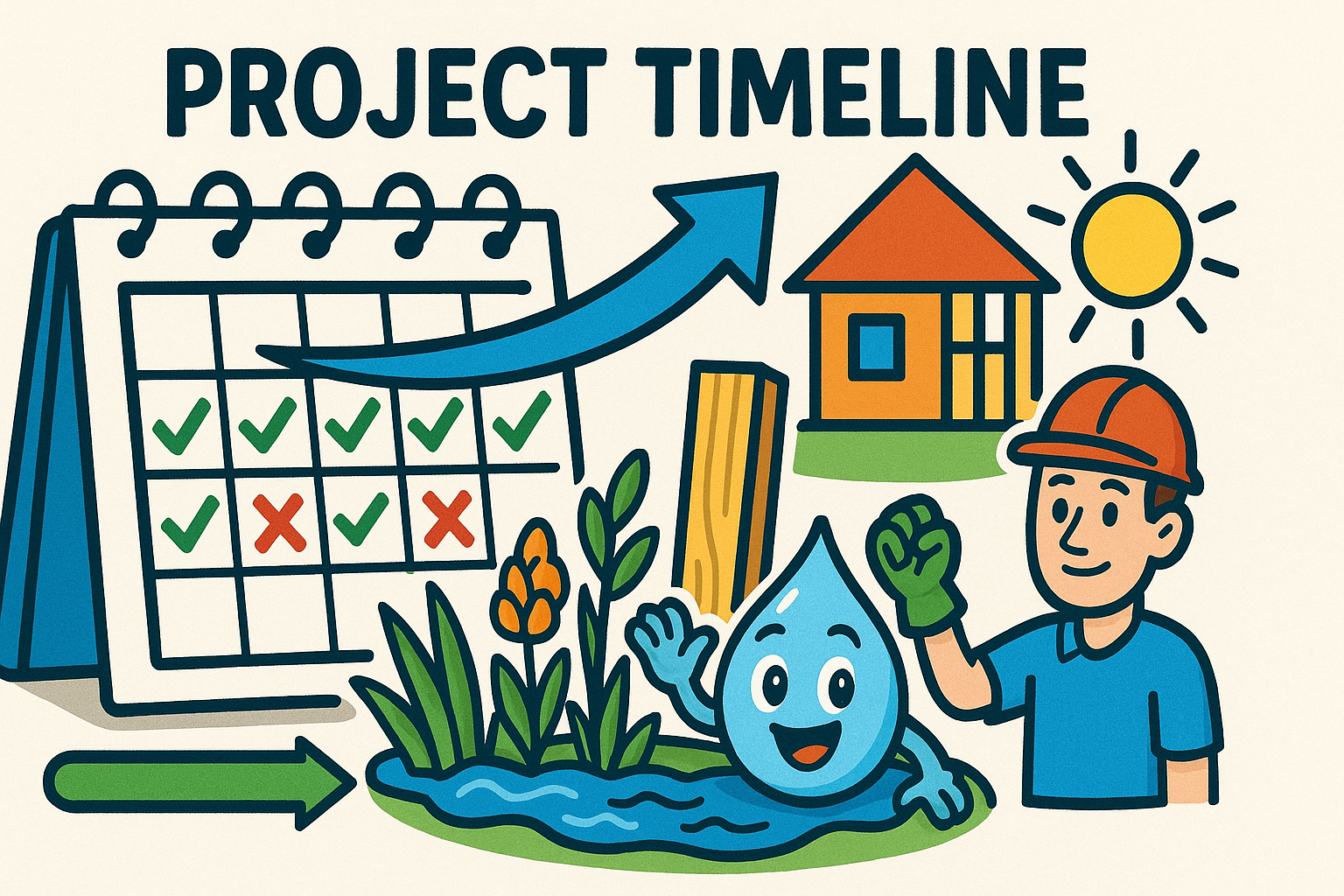
What is the Serenity Village development timeline and what are the key milestones?
The Serenity Village timeline is structured to minimize PHA risk while ensuring efficient project delivery. Key milestones are tied to performance metrics and provide regular progress checkpoints for all stakeholders.
Phase 1: Planning and Approvals (Months 1-6)
- Partnership Agreement: PHA and North Star finalize development partnership terms
- Site Analysis: Environmental studies, surveying, and development planning
- Design Development: Architectural plans, engineering, and construction documents
- Regulatory Approvals: Permits, zoning, and municipal approvals
- Bond Preparation: MRB application and financing structure finalization
Phase 2: Infrastructure and Site Preparation (Months 7-12)
- Bond Closing: MRB issuance and construction financing activation
- Site Preparation: Clearing, grading, and utility installation
- Infrastructure Development: Roads, drainage, and common area improvements
- Construction Start: Begin workforce housing construction
Phase 3: Workforce Housing Construction (Months 13-20)
- Housing Construction: Single-family, townhome, and small home construction
- Community Center: Multi-purpose facility construction and technology installation
- Marketing Launch: Pre-sales and buyer qualification process
- Quality Assurance: Energy efficiency verification and construction quality control
Phase 4: Sales and Affordable Housing Development (Months 21-30)
- Workforce Housing Sales: Closings and revenue generation for cross-subsidization
- Affordable Housing Construction: Four-plex rental unit development
- Property Management Setup: PHA rental management system implementation
- Community Amenity Completion: Trails, gardens, and facility activation
Critical Path Dependencies:
- Regulatory Approvals: Permits and approvals must be secured before bond closing
- Weather Considerations: Construction timing optimized for local climate conditions
- Sales Performance: Workforce housing sales pace affects affordable housing timeline
- Financing Coordination: Bond draws and construction financing must be carefully coordinated
Risk Mitigation Strategies:
- Contingency Planning: Alternative approaches for potential delays or complications
- Progress Monitoring: Regular milestone reviews and performance tracking
- Quality Controls: Third-party inspections and energy efficiency verification
- Market Flexibility: Ability to adjust sales pace and pricing based on market conditions
24-30 Total Months4 Major PhasesMonthly Progress Reviews
How is North Star Group compensated and how does this benefit PHAs?
North Star Group operates under a blended compensation model. Like any developer, we earn standard development fees tied to milestones—such as bond closing, infrastructure delivery, and stabilization. But we also provide specialized technical services that fall outside of a typical development scope. These services save Public Housing Authorities (PHAs) both time and money by reducing the workload—and therefore the billable hours— of attorneys, engineers, and outside consultants.
Standard Development Services (Milestone-Based)
- Feasibility analysis and site planning
- Bond packaging and financing coordination
- Construction oversight and quality control (e.g., SIP implementation)
- Regulatory and compliance support
- Milestone reporting and project management
Specialized Technical Services (Cost-Saving)
- Grant Writing: Development of federal and state grant applications in the “high fundable” range
- Preliminary Legal Drafts: Draft bond term sheets and MRB framework documents for bond counsel review—cutting lawyer drafting time and total fee exposure
- Integration Analysis: Translate HUD benchmarks, SIP construction specs, and financing strategies into one aligned package for easier review and approval
- Technical Documentation: Early-stage drafts of compliance plans, energy/resilience specs, and community benefits reports to accelerate professional review
Compensation Sources
- Development Fees: Paid in tranches as milestones are achieved
- Service Fees: Separate, project-specific fees for grant writing, preliminary drafting, and integration analysis
- Flexible Funding: Drawn from bond proceeds, grants, or other project sources—without requiring PHAs to fund services out-of-pocket
Benefits to PHAs
- Lower Total Professional Fees: By delivering draft documents and integration analysis, outside counsel and consultants spend less time on education and drafting
- Accelerated Funding: Grant packages and bond documents move faster because the groundwork is already done
- Aligned Incentives: Compensation tied to verified milestones and clear deliverables
- Asset Retention: PHA maintains 100% ownership of land, improvements, and long-term cash flow
Milestone Performance-Based100% PHA OwnershipBlended Fee Model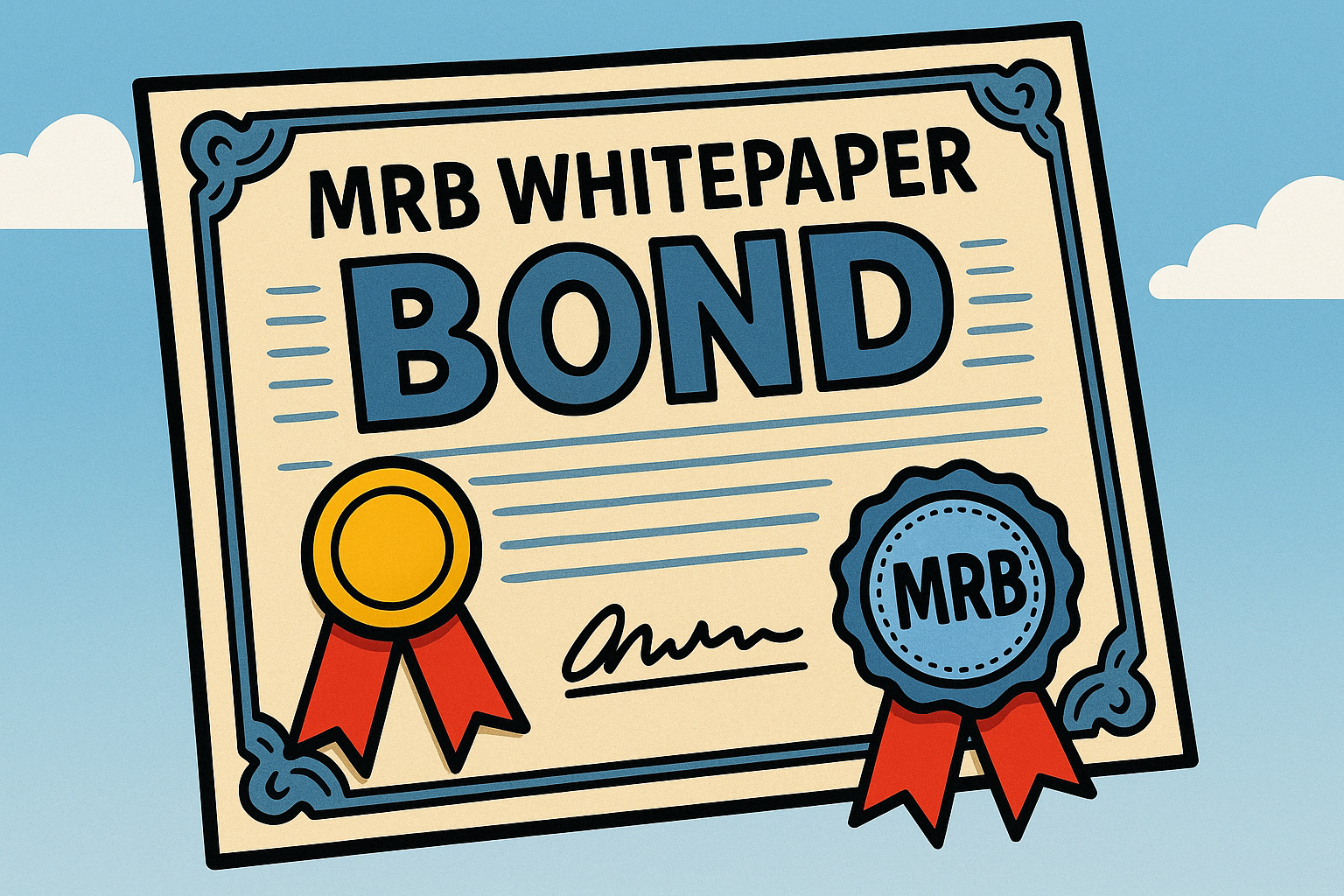
How Mortgage Revenue Bonds (MRBs) fit the Serenity Village model
Mortgage Revenue Bonds (MRBs) are a tax-exempt capital tool designed for single-family, for-sale housing. In Serenity Village, MRBs provide construction financing that is paid down as individual homes are sold. This channel is kept completely separate from the financing used for multifamily rentals, which are better served through state Housing Finance Authority (HFA) tax-exempt bond programs.
For a detailed, state-specific example of how MRBs operate, see our analysis: Georgia MRB Program Comprehensive Analysis: 2024–2025 .
Role of MRBs: For-Sale Workforce Homes
- Construction-to-Take-Out: MRB proceeds fund home construction. At closing, each buyer’s FHA, VA, USDA, or conventional mortgage redeems the corresponding MRB draw through the trustee.
- Residual Sale Proceeds: After redemption, any surplus per bond documents flows back to the PHA/development entity, strengthening reserves or affordability commitments.
- Clean Title: Because MRB financing is repaid at each sale, homes transfer without encumbrances, preserving normal marketability.
Role of HFA Multifamily Bonds: Rental Housing
- Purpose-Built: HFA-issued multifamily bonds are structured specifically for apartment or four-plex developments, sized to Net Operating Income.
- Tax-Exempt Rates: Lower long-term borrowing costs align with affordability requirements.
- Compliance Alignment: HFA oversight ensures federal and state rules are met without forcing MRBs into a role they were not designed for.
Compliance Guardrails
- Separate Financing Streams: MRB for-sale and HFA multifamily bonds are never blended. Each trust stands on its own.
- Trustee Redemption: MRB documents must allow lien release and redemption at sale to enable the construction-to-take-out path.
- Eligible Uses Only: MRB proceeds restricted to for-sale housing costs; HFA bonds restricted to multifamily costs. No cross-subsidization.
Why this dual-track approach strengthens PHAs
- Optimized Capital: Each component uses the instrument designed for its purpose—MRBs for homes, HFA bonds for rentals.
- Transparency: Separate trustees, separate audits, clear compliance lines.
- Control: PHAs keep decision authority over both streams while ensuring long-term sustainability.
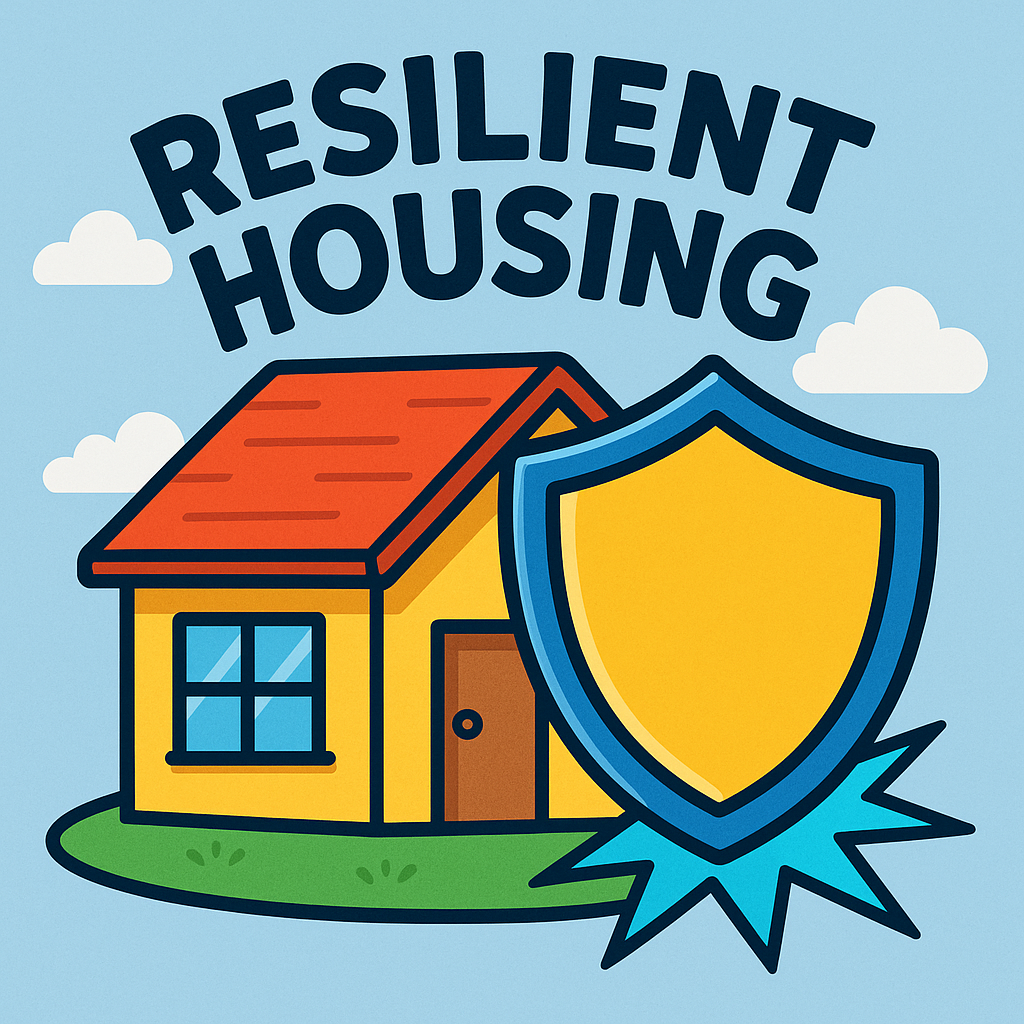
What makes Serenity Village more than just another housing project?
Serenity Village represents a fundamental reimagining of affordable housing development. Rather than simply building units, we create complete neighborhoods that integrate advanced building technologies, smart resource management systems, and community-centric design principles. This holistic approach addresses multiple challenges simultaneously: energy efficiency, construction costs, community resilience, and resident wellbeing.
View Introduction to Serenity Village Deck →
Navigate to specific aspects:
Resident Experience & Quality of Life
The true measure of Serenity Village's success lies in the daily experience of residents. From the moment families move in, they notice tangible differences that improve their quality of life and reduce financial stress.
Daily Living Transformation
Morning: Natural light gradually brightens through circadian lighting systems that support healthy sleep cycles. Indoor air quality remains consistently fresh through advanced ventilation and optional negative ionization systems. The home stays comfortably quiet thanks to double-layer insulation assemblies and strategic acoustic design.
Evening: Smart energy systems automatically adjust lighting color temperature to warm, restful tones. HVAC systems maintain optimal comfort while minimizing energy consumption through intelligent load management and right-sized equipment.
Weekend: Families harvest fresh herbs and vegetables from shared rain gardens, while children play in community spaces designed for both recreation and learning. Reliable broadband enables homework, telehealth appointments, and work-from-home opportunities without interruption.
Health and Comfort Systems
- Clean Indoor Air: Advanced ventilation systems with filtration ensure healthy indoor environments, while optional negative ionization further improves air quality
- Acoustic Comfort: Structural design minimizes noise transmission between units and from external sources, creating peaceful living environments
- Circadian Lighting: LED systems adjust color temperature throughout the day to support natural sleep-wake cycles and improve mood
- Thermal Stability: High-performance building envelopes maintain consistent temperatures with minimal energy consumption
- Emergency Preparedness: LoRaWAN communication networks and battery backup systems ensure connectivity during power outages
Financial Wellbeing
Serenity Village reduces the financial burden on residents through multiple mechanisms. Efficient building envelopes dramatically reduce heating and cooling costs. Smart monitoring systems help residents understand and optimize their energy usage through real-time feedback and behavioral incentives.
The owner-paid utility model with intelligent guardrails provides predictability for residents while encouraging conservation. When consumption stays within design parameters, utilities are covered by the community structure. Real-time monitoring provides immediate feedback, helping families make informed decisions about energy usage.
Immediate Quality ImprovementsReduced Financial StressHealth BenefitsIntegrated Technology Systems
Technology in Serenity Village serves human needs rather than creating complexity. The integrated systems work together seamlessly to enhance comfort, safety, and efficiency while remaining accessible to residents regardless of their technical background.
Smart Home Platform
Each home features a custom software platform that connects building systems, resident interfaces, and management tools. The system supports multiple user types: residents control their unit systems and monitor usage, property management oversees building operations and maintenance, and housing authorities maintain compliance monitoring.
The platform continuously learns from resident preferences and usage patterns, automatically adjusting environmental settings for optimal comfort and efficiency. Over-the-air updates ensure all units operate on current software versions without requiring service visits.
AI-Powered Assistance
An optional AI companion system provides residents with immediate access to information and support. The system can answer questions about building operations, provide guidance for using community amenities, help with scheduling shared resources, and connect residents to appropriate staff for complex issues.
Privacy protection is built into the system design, with sensitive processing happening locally rather than in the cloud. Residents maintain complete control over their participation and data sharing preferences.
Monitoring and Analytics
Comprehensive monitoring tracks water consumption with leak detection, electrical usage with circuit-level detail, and environmental metrics including temperature, humidity, and air quality. AI-driven analysis provides anomaly detection to identify potential issues before they become problems.
Emergency Communication Network
A LoRaWAN communication backbone provides resilient, low-power connectivity across the entire development. During emergencies, residents can access AI-driven guidance through in-unit interfaces, communicate directly with building management, and receive automated alerts from appropriate emergency services.
Human-First Technology DesignAI-Powered Support Systems24/7 MonitoringCommunity Infrastructure & Shared Resources
Serenity Village creates genuine community through thoughtfully designed shared spaces and resources that bring residents together while providing practical benefits that enhance quality of life and reduce household expenses.
Community Center & Services
The community center serves as the heart of Serenity Village, providing spaces for education, recreation, and community building. An accredited childcare facility offers professional care with real-time video access for parents, integration with community health resources, and flexible scheduling to accommodate various work patterns.
Multi-purpose spaces accommodate small gatherings and celebrations, educational workshops and classes, health and wellness activities, and cultural community events. These flexible environments adapt to resident needs and preferences.
Shared Resource Systems
A tool lending library provides access to equipment for occasional use, reducing the need for individual purchases of expensive items. Shared business services including printing, scanning, and meeting spaces support both employment and entrepreneurship among residents.
Skill-sharing programs connect residents with complementary abilities, creating opportunities for informal education and mutual support. Community-managed exchange systems facilitate the sharing of household items, books, and other resources.
Integrated Food Production
Rain gardens throughout Serenity Village serve dual purposes: managing stormwater runoff while producing fresh food for residents. Unlike conventional rain gardens that focus solely on drainage, these systems incorporate edible species including herbs, leafy greens, and berry bushes.
The food production system provides supplemental nutrition for families, creates educational opportunities about sustainable food systems, enhances site aesthetics and biodiversity, and improves air quality while reducing heat island effects.
Recreational and Wellness Amenities
Walking paths connect community amenities and provide safe recreation opportunities. Accessible outdoor recreation areas accommodate residents of all ages and abilities. The central water feature, where applicable, provides habitat for aquatic species while creating aesthetic and recreational amenities.
Community Centered DesignShared ResourcesFood ProductionBuilding Performance & Environmental Systems
The physical infrastructure of Serenity Village represents a significant advancement in affordable housing construction, combining innovative materials, efficient systems, and sustainable design principles to create buildings that perform better while costing less to construct and maintain.
Advanced Building Envelope
Structural Insulated Panels (SIPs) with embedded reinforcement form the foundation of each building's performance. Unlike traditional construction that requires secondary framing elements, the integrated system incorporates embedded joists and reinforcement directly within the panel structure.
Factory-precision routing creates predetermined pathways for electrical, plumbing, and mechanical systems within the building envelope. This approach eliminates on-site modifications that typically account for significant installation labor in conventional construction.
A centralized utility nexus connects modular units at intersection points, creating a "spine" for all major utility connections. This design simplifies maintenance access, reduces distribution complexity, and facilitates future modifications or upgrades.
Efficient Energy Systems
Smart energy distribution includes individual metering for primary mechanical systems, enabling unit-level accountability and early detection of system inefficiencies. Intelligent load balancing prioritizes critical systems during peak demand periods and shifts non-essential loads to off-peak hours.
For enhanced resilience, systems can incorporate battery backup for critical circuits, solar integration with smart inverters, microgrid capabilities for larger developments, and load shedding protocols during emergencies.
Water Management Excellence
Comprehensive water conservation strategies include rainwater harvesting from rooftops for landscape irrigation, optional greywater reuse systems for appropriate landscape zones, and smart irrigation controlled by soil moisture sensors and weather data.
Advanced plumbing systems emphasize efficiency through manifold distribution that minimizes pressure drops, point-of-use tankless water heaters that eliminate standby losses, and centralized drain stacks aligned with utility chases for streamlined maintenance.
Environmental Performance
Passive design strategies create comfortable environments while minimizing energy consumption. Strategic shading elements reduce cooling loads, natural ventilation pathways leverage stack effect for cooling, and thermal mass placement provides passive heating and cooling.
Advanced MaterialsSmart Energy SystemsWater ConservationEconomic Model & Implementation
Serenity Village's economic framework creates sustainable value for all stakeholders while maintaining affordability for residents. The model balances initial development costs, ongoing operational efficiency, and long-term asset performance.
Financing Innovation
Municipal Revenue Bond (MRB) financing enables Public Housing Authorities to maintain ownership while accessing capital for development. This approach allows communities to retain equity and control rather than transferring assets to external investors, ensuring long-term affordability and community benefit.
The mixed-income model generates revenue through workforce homeownership sales while preserving affordable rentals as community anchors. Cross-subsidization occurs naturally as homeowner fees support community amenities that benefit all residents.
Operational Sustainability
Standardized construction and building systems reduce ongoing maintenance complexity and costs. Factory-built components ensure consistent quality and performance, while modular design facilitates efficient repairs and replacements when needed.
Shared infrastructure costs create economies of scale for residents while simplifying property management. Community-level utilities, broadband, and certain services are more efficient and cost-effective than individual household contracts.
Scalability Framework
The modular design allows adaptation to various sites and contexts while maintaining core performance characteristics. Half-unit construction modules can be transported using standard equipment and assembled rapidly on-site.
Phased implementation strategies enable communities to start with core building and utility systems, then add smart home and monitoring capabilities, community features and shared resources, and advanced optimization systems as resources allow.
Long-Term Value Creation
Asset durability comes from high-quality materials and construction methods designed for decades of public ownership. Smart systems provide ongoing optimization that maintains and improves performance over time rather than degrading.
Community equity building occurs through both individual homeownership opportunities and collective ownership of shared amenities and infrastructure. This dual approach creates pathways to stability while maintaining strong community connections.
MRB FinancingMixed Income ModelLong-term Value CreationIntegration with Larger Vision
Serenity Village is designed as more than an isolated housing development—it represents a replicable model for addressing broader challenges in affordable housing, community resilience, and sustainable development across diverse contexts and scales.
Addressing National Housing Challenges
Traditional affordable housing development often creates isolated communities that concentrate poverty and limit opportunities for residents. Serenity Village's mixed-income approach integrates affordable housing within broader community fabric, creating environments where residents have pathways to stability and advancement.
The model addresses multiple intersecting challenges: rising construction costs through efficient building methods, increasing energy prices through smart systems and conservation, growing demand for community connectivity through shared resources and spaces, and need for climate resilience through adaptive infrastructure.
Replicability and Adaptation
The modular design philosophy extends beyond individual buildings to the entire development model. Core components can be adapted to different climate zones and environmental conditions, diverse regulatory and code environments, varying community needs and preferences, and available local resources and infrastructure.
Each implementation builds on previous experience while responding to local conditions, creating a learning network of communities that share innovations and best practices.
Community Resilience Framework
Serenity Village contributes to broader community resilience through multiple mechanisms. Economic resilience comes from mixed-income integration and local employment opportunities. Social resilience develops through shared spaces and resources that build interpersonal connections. Environmental resilience emerges from sustainable systems and climate-adaptive design.
The development serves as a community anchor that attracts complementary services and amenities, creating positive spillover effects for surrounding neighborhoods.
Innovation and Continuous Improvement
Patent-pending technologies and systems create opportunities for ongoing innovation and improvement. The integrated approach enables testing and refinement of new ideas within a supportive community context, ensuring that advances benefit residents directly.
Data collection and analysis across multiple implementations create insights that improve future developments while respecting resident privacy and community autonomy.
Replicable ModelCommunity AnchorInnovation PlatformThe Complete Vision
Serenity Village ultimately represents a fundamental shift in how we approach affordable housing development. Rather than treating housing as a commodity to be minimized, we create communities that enhance human potential and dignity.
The integration of advanced building technologies, smart resource management, and community-centered design creates environments where families can thrive rather than merely survive. Public Housing Authorities gain durable assets that generate sustainable revenue while serving community needs. Residents experience improved quality of life, reduced financial stress, and genuine community connection.
This holistic approach proves that affordable housing can be innovative, sustainable, and economically viable simultaneously. Serenity Village demonstrates that with thoughtful design and integrated systems, we can create places where people genuinely want to live and communities genuinely want to support.

How do Serenity Village rain gardens provide both infrastructure cost savings and community benefits?
Rain gardens serve as dual-purpose community infrastructure that addresses stormwater management requirements while enhancing neighborhood quality of life. This approach transforms regulatory compliance from a cost burden into a community asset that provides measurable economic savings alongside social and environmental benefits.
Documented Infrastructure Cost Savings:
- Lifecycle Cost Reduction: Rain gardens cost 42% less over their life cycle compared with conventional infrastructure for stormwater management
- Capital Cost Advantages: 75% of green infrastructure projects cost less than (44%) or equal to (31%) gray infrastructure solutions
- Dramatic Municipal Savings: Philadelphia found that its green infrastructure plan will cost $2.4 billion over 25 years, compared with the $9.6 billion that gray infrastructure would have cost
- Installation Cost Range: Rain gardens can vary from $5 to $25 per square foot compared to much higher costs for traditional pipe and detention systems
Community Quality of Life Benefits:
- Enhanced Neighborhood Aesthetics: Native plantings create seasonal beauty with flowers, foliage, and natural fragrance throughout the year
- Edible Landscaping Opportunities: Food-producing plants reduce household grocery costs while providing fresh, local nutrition
- Natural Cooling and Shade: Vegetation creates more comfortable microclimates reducing energy costs and improving outdoor enjoyment
- Wildlife Habitat Creation: Native plants support pollinators, birds, and beneficial insects creating educational opportunities for families
Stormwater Management Performance:
- Runoff Volume Reduction: Rain gardens capture the rain where it falls, mimicking natural hydrological processes and reducing flooding risks
- Water Quality Improvement: Natural filtration removes pollutants, sediments, and urban contaminants before they reach municipal systems
- Peak Flow Management: Temporary storage capacity reduces downstream infrastructure stress and maintenance requirements
- Regulatory Compliance Support: Helps municipalities meet NPDES stormwater management requirements through distributed infrastructure
Implementation Approaches:
- Flexible Design Options: Residents can choose from food-producing, ornamental, or utilitarian configurations based on preferences and maintenance capacity
- Scalable Installation: From simple backyard rain gardens to coordinated neighborhood systems supporting community development goals
- Professional Support Available: Technical guidance and installation assistance through qualified landscape professionals and Extension programs
- Municipal Partnership Opportunities: Coordination with local stormwater management programs for streamlined permitting and potential incentives
Economic Development Benefits:
- Property Value Enhancement: Green infrastructure improves economic health by increasing property values and neighborhood desirability
- Local Business Opportunities: Green infrastructure provides job opportunities for small businesses in landscaping, maintenance, and installation services
- Reduced Municipal Costs: Lower infrastructure maintenance and replacement costs free municipal resources for other community investments
- Food Security Contribution: Local food production reduces household expenses while building community resilience
Supporting Logic Model Outcomes:
Rain garden implementation creates immediate outputs through infrastructure cost savings and neighborhood enhancement while generating long-term impacts through improved community resilience, enhanced property values, and sustainable stormwater management. This approach supports both PHA mission fulfillment through cost-effective infrastructure and community development through enhanced quality of life.
Implementation Considerations:
- Site Assessment: Professional evaluation ensures proper sizing, drainage, and plant selection for local conditions
- Maintenance Planning: Low-maintenance designs need about two to three maintenance visits per year making them suitable for community management
- Regional Adaptation: Plant selection and design specifications adapted to local climate, soil conditions, and precipitation patterns
- Community Engagement: Educational opportunities around installation, maintenance, and benefits create ongoing resident involvement
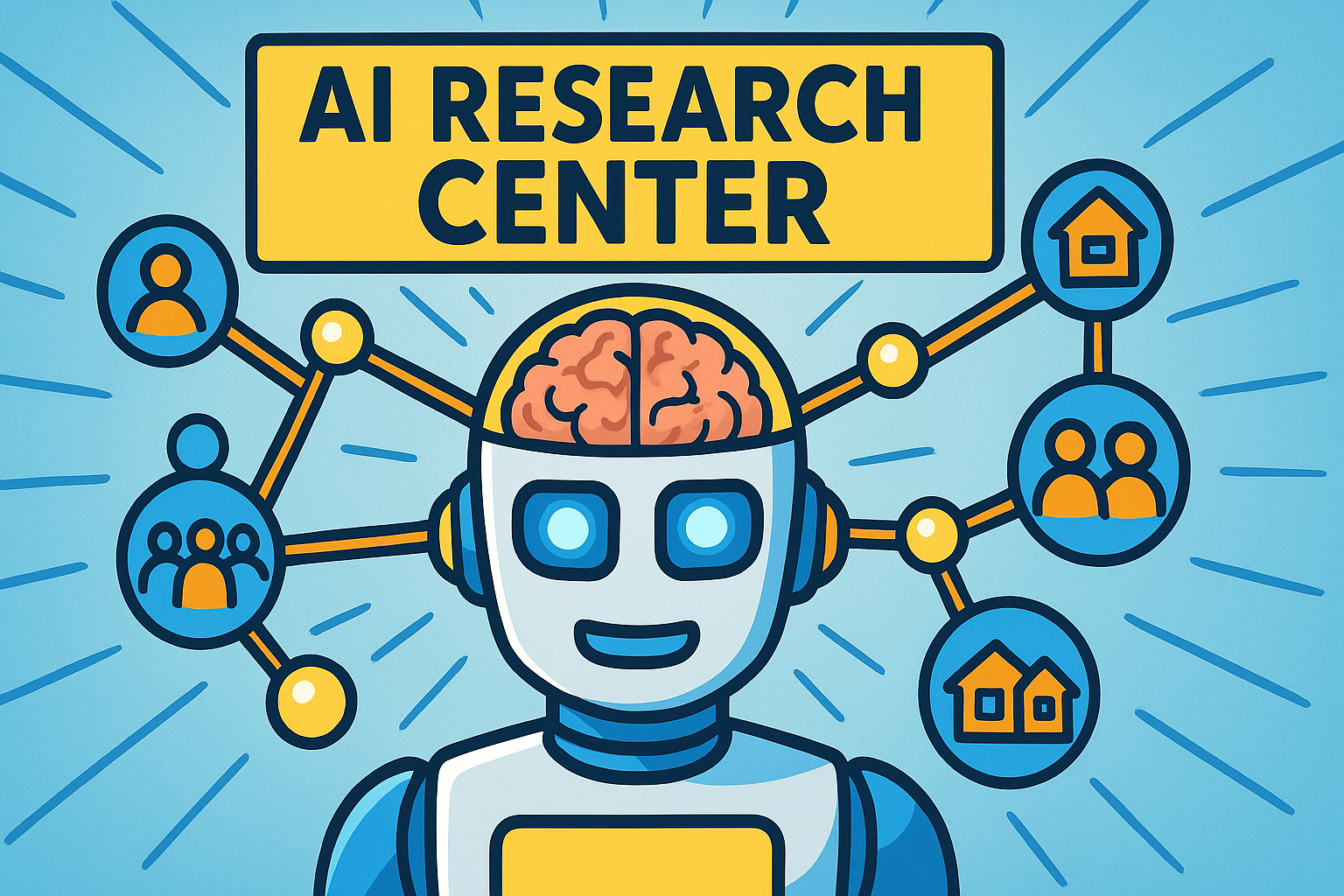
How does Serenity Village's community-owned AI infrastructure support both mission fulfillment and digital equity?
A resident-owned large language model with episodic memory capabilities serves dual purposes: attracting high-value workforce housing buyers while providing transformative technology access to affordable housing residents. This approach bridges the digital divide that typically separates technical and non-technical communities, creating genuine mixed-income integration around shared intellectual resources.
Community-Owned LLM Infrastructure:
- Advanced Model Deployment: 70+ billion parameter model providing capabilities typically available only through expensive subscriptions or university access
- Episodic Memory Integration: Persistent memory that learns residents' preferences, goals, and development over time, creating personalized AI companionship
- Multi-Generational Benefits: Supports seniors with cognitive assistance and memory preservation while enabling educational advancement for younger residents
- Shared Infrastructure: Community ownership ensures equal access regardless of income level or technical background
Workforce Housing Market Differentiation:
- Technical Professional Attraction: PhD students, software developers, and researchers drawn to advanced AI access for professional development
- University Partnerships: Academic institutions interested in community-based AI research and student housing near advanced computing resources
- Corporate Interest: Robotics companies and tech businesses attracted to communities with cutting-edge AI infrastructure
- Remote Work Enablement: Advanced AI tools support high-productivity remote work arrangements for professional residents
Digital Equity and Community Integration:
- Breaking the Digital Divide: Teachers, nurses, firefighters, and affordable housing residents gain access to AI tools typically reserved for technical elites
- Economic Mobility Support: Affordable housing residents use AI for skill development, education, job training, and small business planning
- Cross-Income Collaboration: Shared AI resources create natural interaction points between residents of different economic backgrounds
- Community Learning: AI facilitates knowledge sharing between residents with diverse professional expertise
Comprehensive Compute Integration:
- Security Systems: Dedicated compute handles alarm systems, wide-area network security, and emergency response coordination
- Safety Monitoring: AI capable of recognizing distress patterns and connecting residents with appropriate support resources
- Community Management: Automated systems for maintenance requests, event coordination, and resident communications
- Research Platform: Infrastructure supports university research partnerships and grant-funded studies on AI and community development
Revenue and Sustainability Model:
- Resident Access: Free unlimited access for all community residents regardless of housing type
- External Commercial Use: Fee-based access for local businesses and organizations generates revenue to offset infrastructure costs
- Research Partnerships: University collaborations and grant funding help support advanced capabilities
- Philanthropic Opportunity: Digital equity mission attracts foundation and corporate social responsibility funding
Supporting Logic Model Outcomes:
The AI infrastructure supports both short-term mission fulfillment by attracting quality workforce housing buyers and long-term community stability by ensuring all residents have access to transformative technology. This approach prevents the creation of a two-tier society within the development while demonstrating that affordable housing can be a pathway to opportunity rather than merely shelter.
Implementation Considerations:
Infrastructure costs are balanced against premium workforce housing attraction and potential grant funding for digital equity initiatives. The episodic memory capability creates unique value that cannot be replicated through consumer AI subscriptions, while emergency response integration adds measurable safety benefits that support insurance and liability considerations.
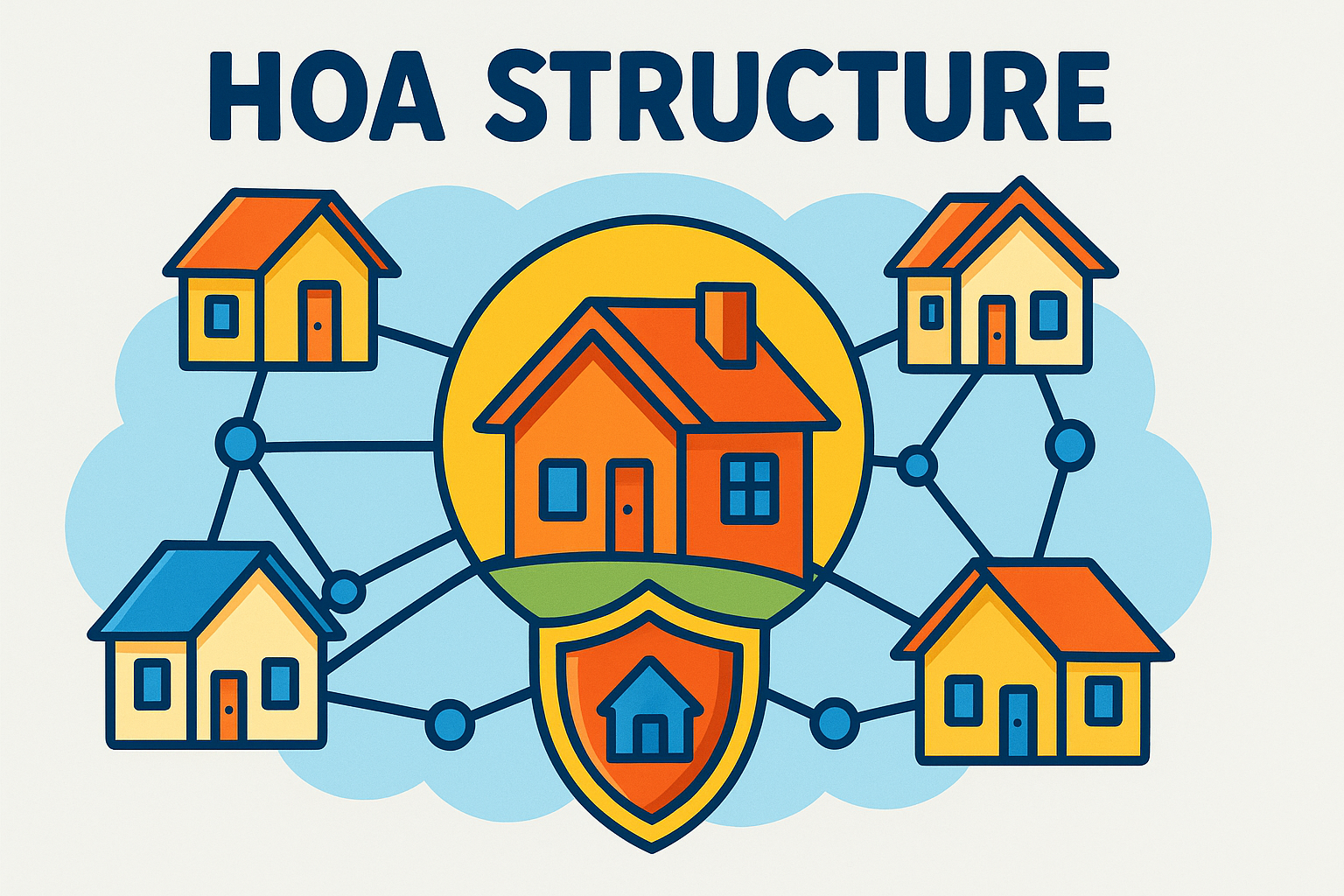
Resident Benefits and HOA Structure
Resident & Community Benefits
Serenity Village is organized so that residents experience tangible improvements in quality of life while keeping community costs predictable. The framework balances everyday livability with long-term affordability.
- Lower Utility Costs: SIP construction and smart energy systems reduce bills and improve comfort.
- Clean Indoor Air: Ventilation, filtration, and optional ionization support health.
- Food & Green Space: Rain gardens and edible landscapes provide fresh produce and cooler streets.
- Reliable Broadband: Shared infrastructure ensures digital access for school, work, and telehealth.
- Neighborhood Safety: LoRaWAN sensors and smart lighting support safe, watchful streets.
- Community Connection: Tech labs, shared spaces, and organized events foster belonging.
- Predictability: Transparent budgeting and reserve planning keep HOA fees reasonable.
HOA Governance Structure
- Board Composition: Elected homeowner representatives with a PHA liaison.
- Voting Rights: One vote per owned unit; rental units represented by PHA.
- Decision-Making: Standard HOA governance with community input processes.
- Professional Management: Option for professional HOA management if needed.
HOA Responsibilities
- Common Area Maintenance: Trails, gardens, community center, and shared amenities.
- Amenity Management: Programming and upkeep for technology systems and recreation.
- Exterior Standards: Architectural guidelines to preserve property values.
- Insurance & Legal: Master policies and legal compliance for shared assets.
Fee Structure & Budgeting
- Monthly HOA Fees: Estimated $75–$125 depending on unit type and services.
- Assessment Authority: Ability to levy special assessments for major improvements.
- Reserve Planning: Long-term reserves for repairs and replacements.
- Budget Transparency: Annual process with homeowner participation.
PHA Coordination
- Rental Property Management: PHA independently manages affordable rental units.
- Community Integration: Coordination between HOA and PHA for shared issues.
- Shared Facilities: Joint use agreements for the community center and amenities.
- Consistent Standards: Maintenance expectations applied across all property types.
Community Standards
- Architectural Guidelines: Design standards that protect long-term values.
- Landscaping Requirements: Emphasis on native plants and sustainability.
- Use Restrictions: Reasonable limits to protect community character.
- Enforcement Procedures: Clear and consistent enforcement mechanisms.
Amenity Management
- Community Center: Programming and scheduling for events and activities.
- Technology Systems: Oversight of AI research center and broadband services.
- Trails & Gardens: Ongoing maintenance of trails and edible rain gardens.
- Event Coordination: HOA-facilitated community events and engagement.
Long-Term Sustainability
The HOA is structured for financial sustainability. Efficient maintenance practices and technology revenue partnerships help keep fees low while preserving high community standards.
Transition & Turnover
- Developer Transition: Gradual shift from developer-led to homeowner-led governance.
- PHA Coordination: Continued collaboration on rental property integration.
- Document Recording: HOA standards and covenants formally recorded.
- Resident Education: Training for new board members and community orientation for residents.
$75–$125 Monthly HOA Fees3,000 sq ft Community CenterMixed Ownership Integration